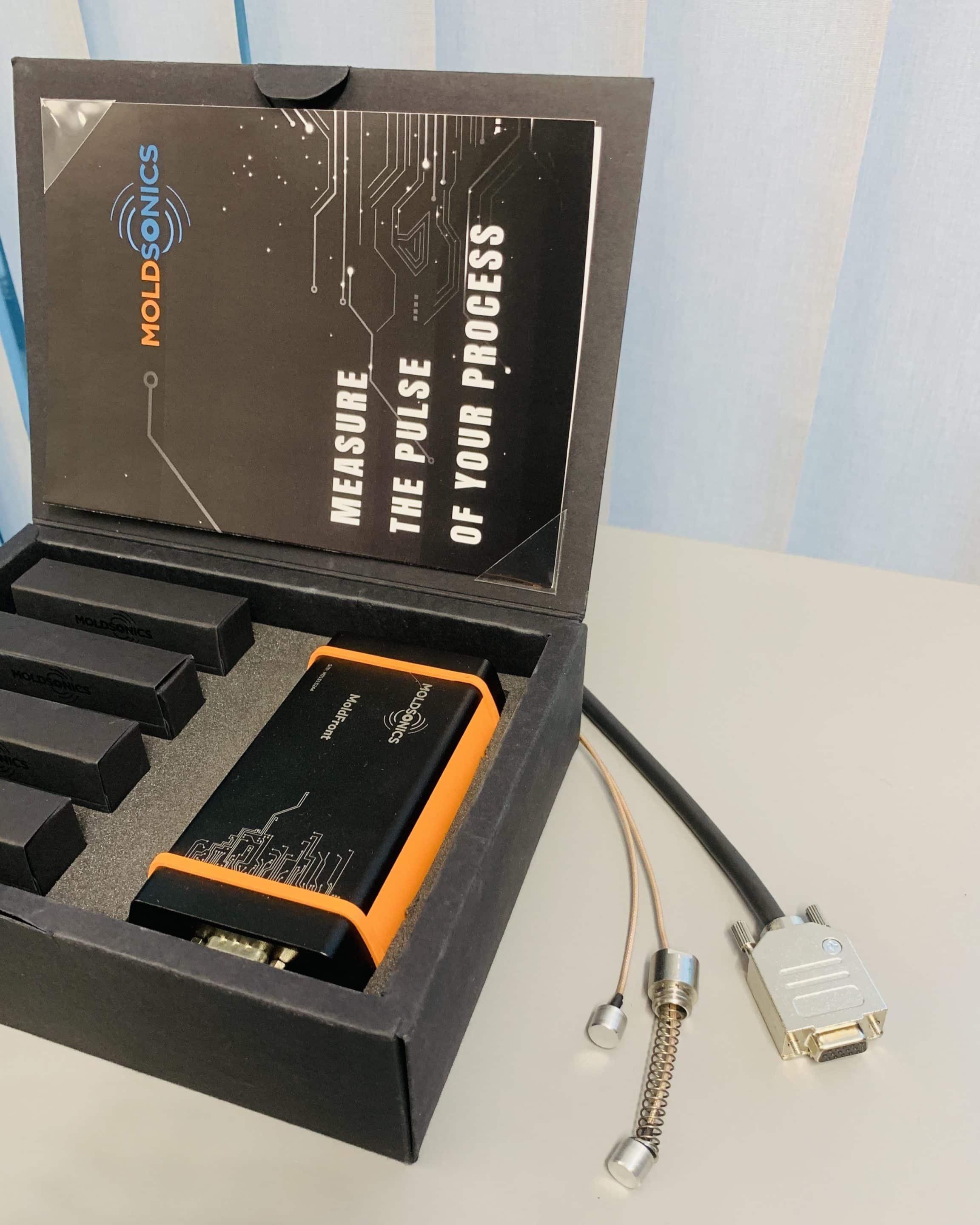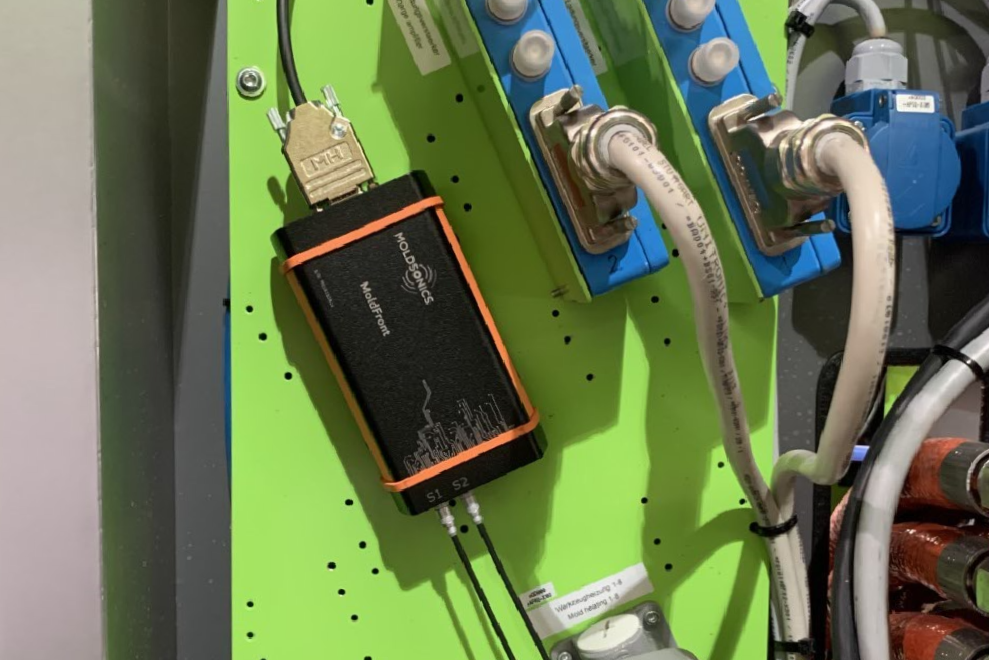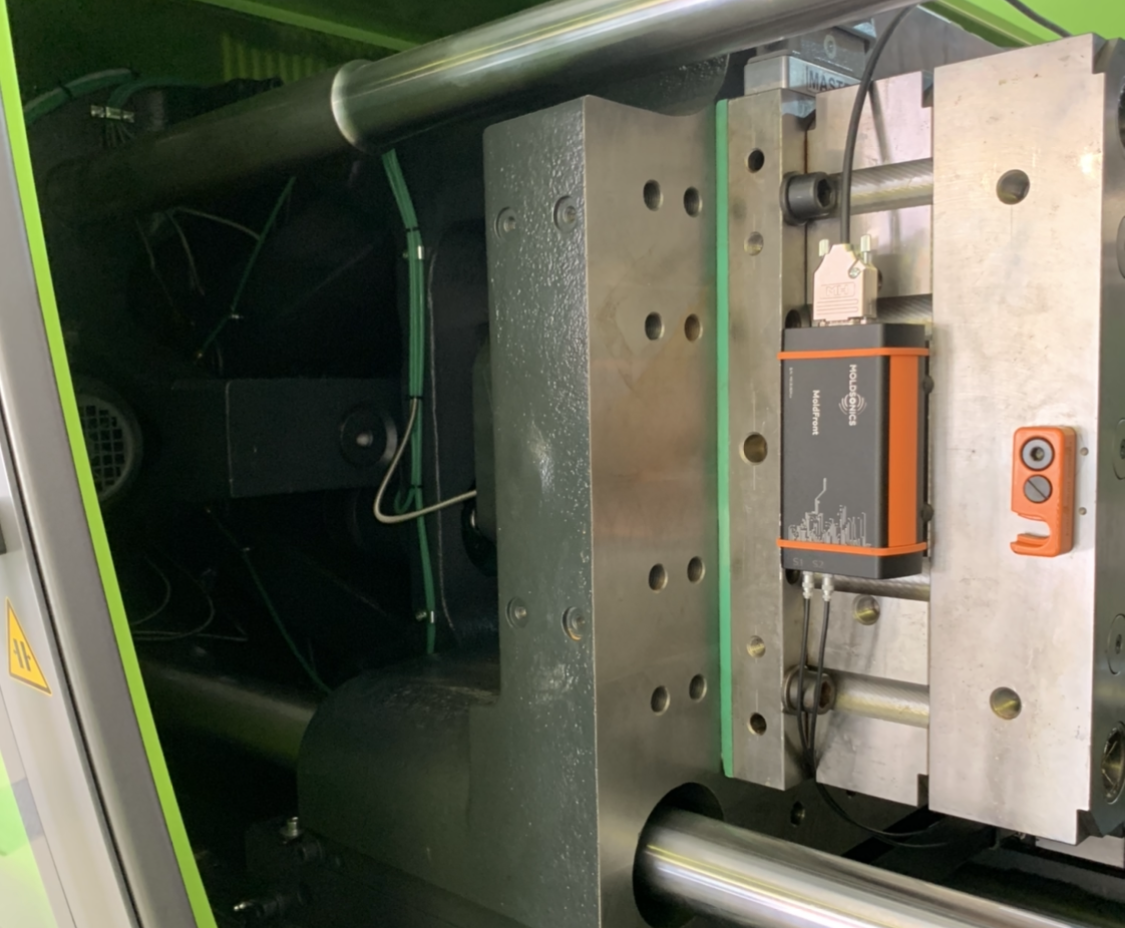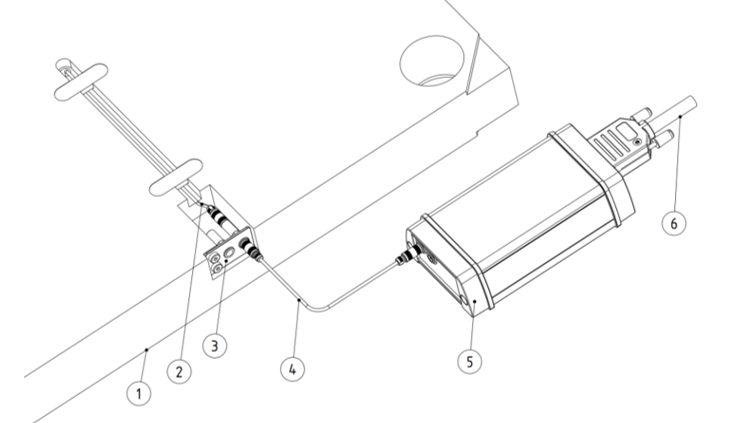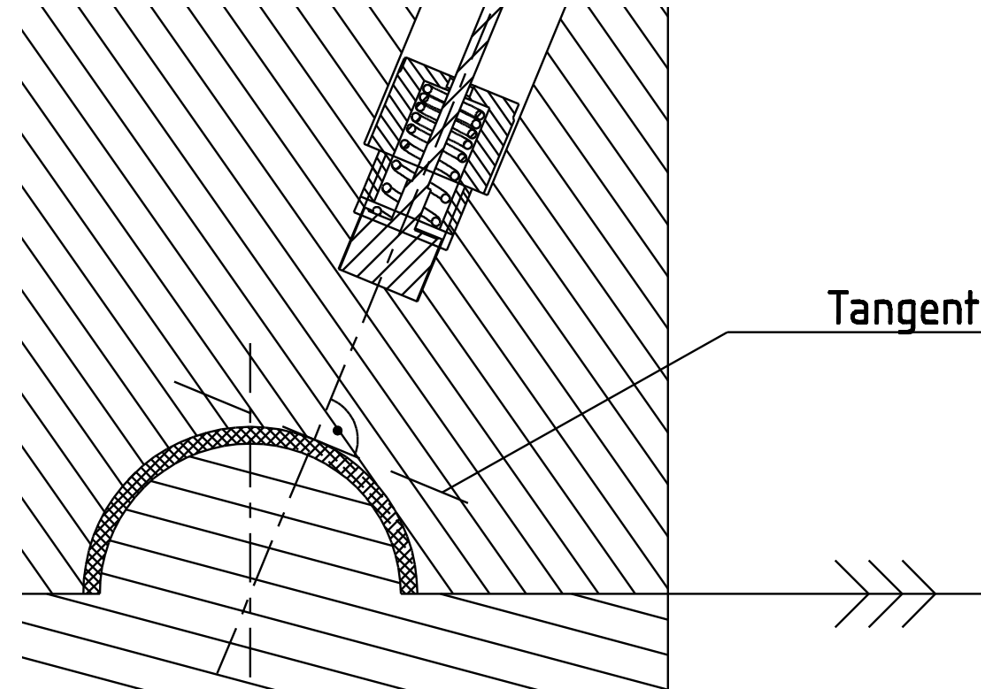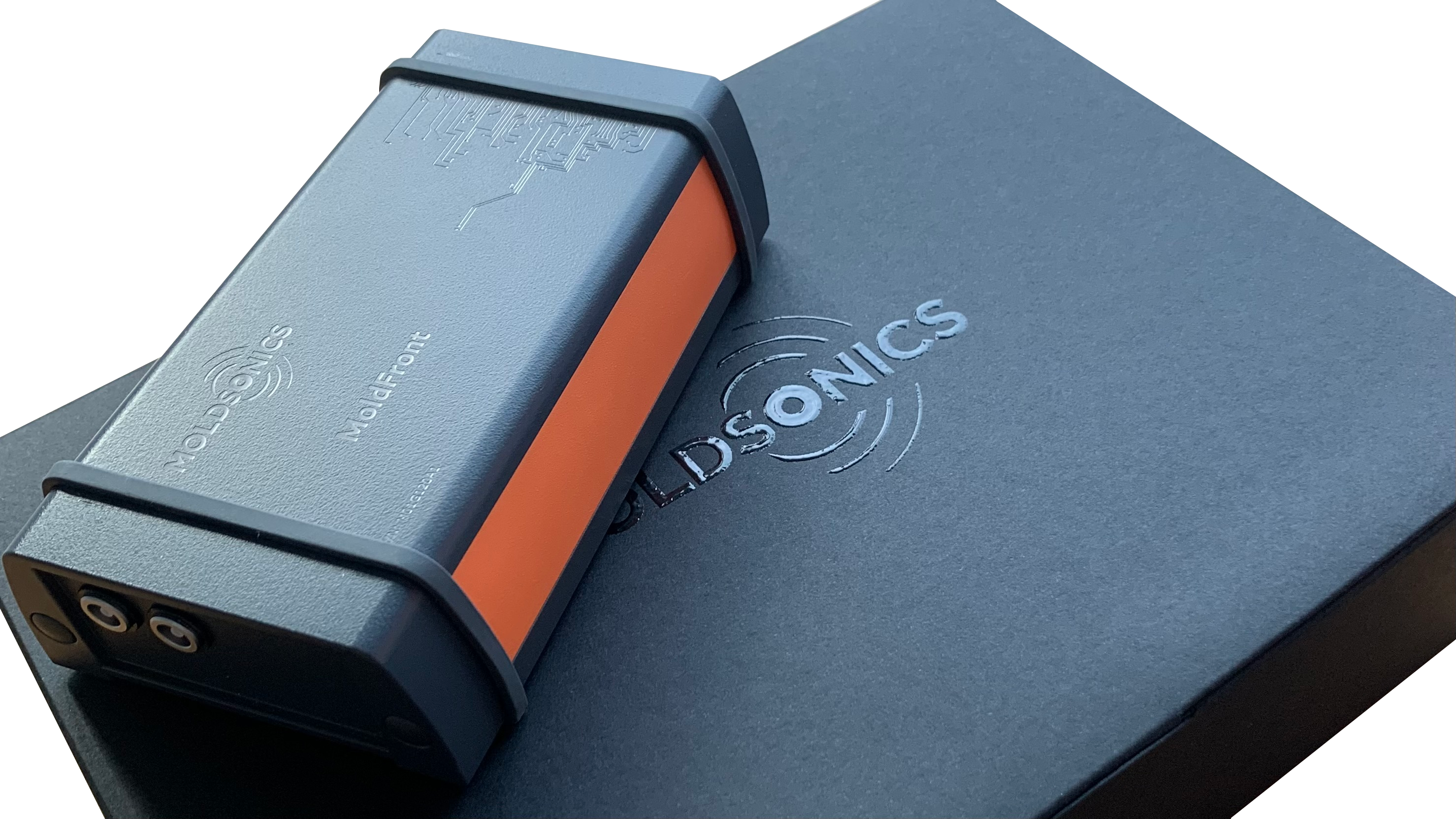In-Mold Sensors
Precise measurement of the flow front. Non-contact.
A look into the mold.
The sensor package MoldFront is a precise measuring hardware for reliable and highly dynamic flow front detection in injection molds or similar filling processes in the polymer sector. This enables
- the precise control of subsequent processes
- the detection of irregularities
- the determination of reproducibility
Easy assembly.
Robust sensor technology.
The sensor is mounted in a blind hole and has no contact with the filling medium. The associated sensor unit can be mounted on the mold or on the respective machine.
Simple.
Dynamic.
Robust.
The slightest change at the measuring point is detected immediately.
Works even with the touch of a finger.
Applications
Flow front detection in injection molds
The sensor is mounted in a blind hole in the injection mold and emits a signal as soon as the melt passes the position of the ultrasonic sensor. In the process, the ultrasonic sensor has no contact with the melt, which protects the sensor from wear or high pressure stresses. The analog output signal generated by the electronics can, among other things, precisely detect the switchover point from the speed-controlled injection phase to the pressure-controlled holding pressure phase, thus greatly increasing process stability. Furthermore, with several injection points, it is possible to precisely monitor when filling states are reached, for example, or whether shut-off needles open reliably.

Cascade control
Cascade injection molding represents a special form of sequential injection molding. In this process, injection molds are equipped with several valve gate nozzles arranged one behind the other. This makes it possible to produce components with long flow paths without weld lines. The opening time of the individual valve gate nozzles is a key component quality criterion in this process. In other words, the more precisely and precisely they are opened, the higher the resulting part quality.
The MoldFront measuring system helps to detect the melt precisely in terms of location and time. Among other things, this enables batch fluctuations of the melt, which lead to viscosity changes, to be compensated for and thus enormously increase process stability.
RTM process (Resin Transfer Molding)
In the RTM process, also known as the resin injection process, a resin is injected under pressure into a closed mold where it is cured by the application of heat and pressure.
In this process, too, the MoldFront ultrasonic sensor technology can be used to precisely detect the flow front, thus ensuring greater process consistency and stability.
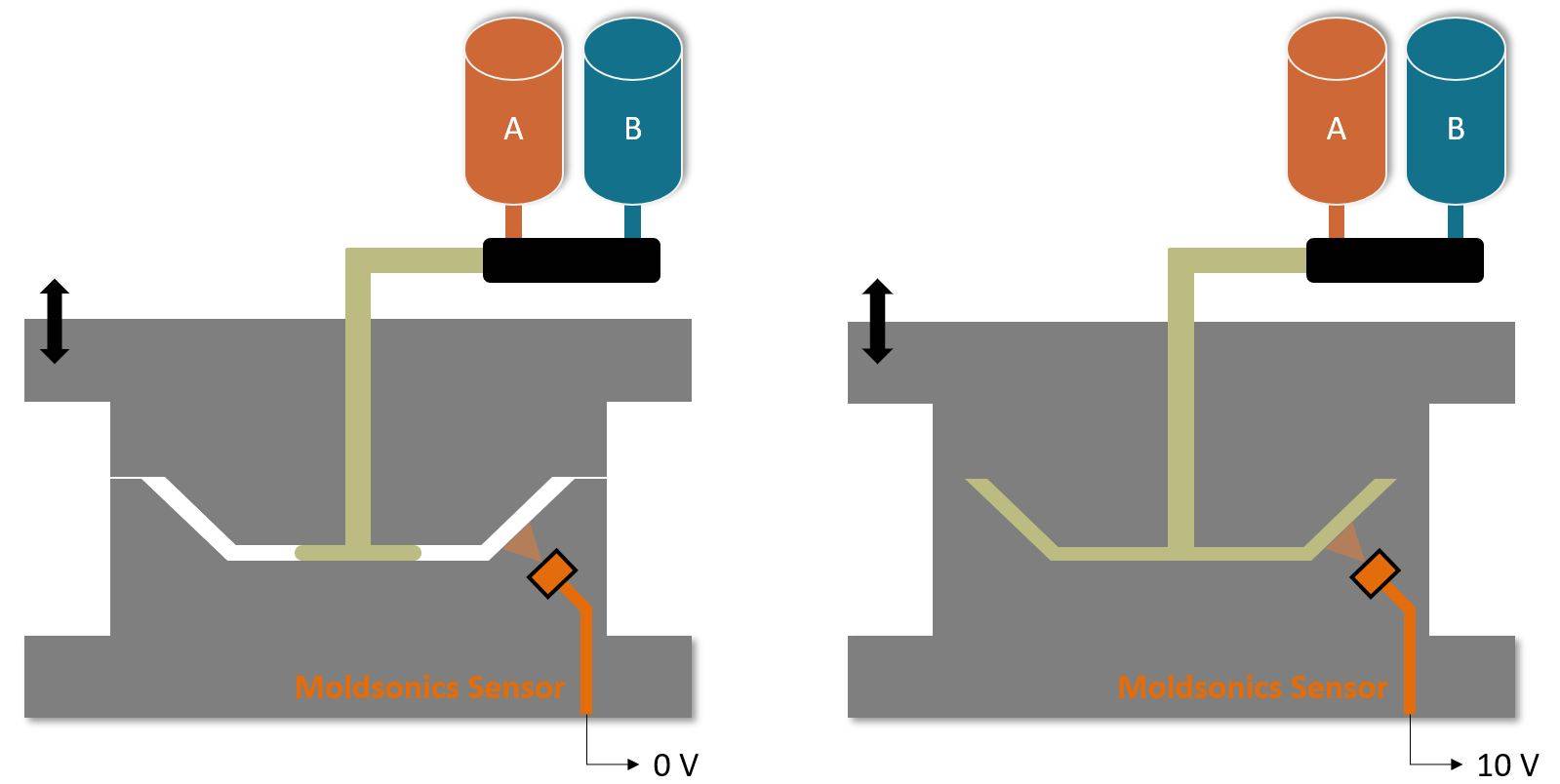
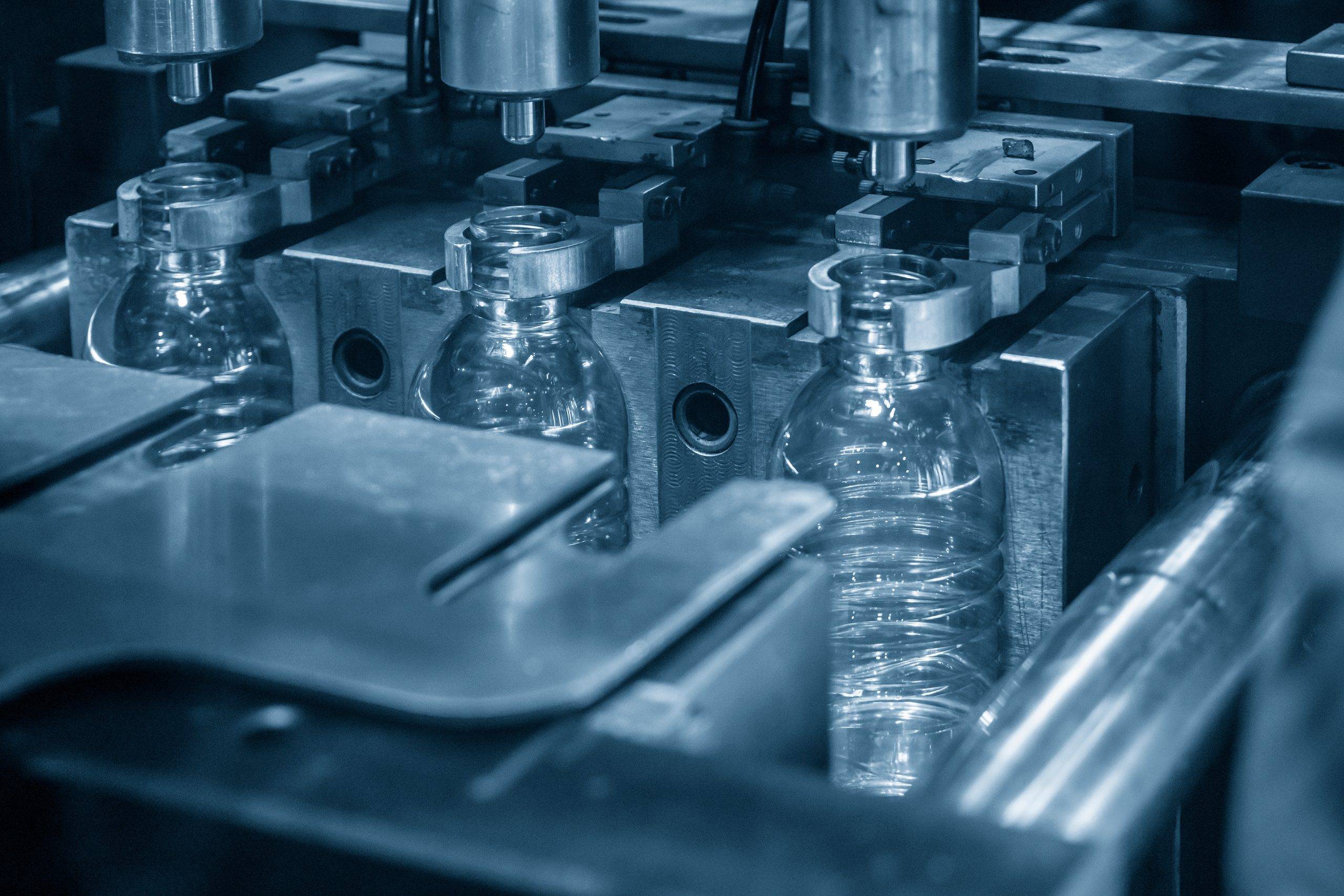
Blow molding
Blow molding is used to produce hollow bodies from thermoplastic material. In this process, an extruded tube or preform is pressed against the outer mold contours by applying compressed air and cooled. By placing the MoldFront non-contact ultrasonic sensor system in the mold (no contact with the plastic material), the timing and uniformity of the deformation can be accurately detected, among other things, and subsequently the process stability can be precisely monitored. All this is possible without interfering with the process or the operations in the mold, making leakage problems or sensor wear a thing of the past.
We would be happy to show you further exciting insights on this topic as well as additional measurement possibilities. Please do not hesitate to contact us!
Download area
Questions and answers
How many sensors can be connected to one electronic unit?
Two ultrasonic sensors can be connected to one electronic unit and operated simultaneously.
In which temperature range can MoldFront be used?
The ultrasonic sensors can be used up to a maximum temperature of 120°C. Sensors up to a maximum temperature of 250°C are also available on request.
The electronic unit permanently withstands an operating temperature of 60°C.
Does the sensor need to be serviced or calibrated?
Once installed, the sensor runs maintenance-free and does not need to be calibrated.
What are the dimensions of the sensor system?
Sensor: ∅ 10 x 8 mm, with a cable length of 300 mm (individual, pluggable cable extensions are optionally available).
Electronic unit: 100 x 74 x 33 mm
When the electronic unit is attached by means of magnetic holders, the product dimensions are 100 x 74 x 42 mm.
How is the sensor system electrically supplied?
A supply voltage of 24 V DC is required to operate the sensor system.
In addition, a reference voltage must be present. The reference voltage is the voltage that is output at the sensor output when the flow front is detected. This can be freely selected between 5 and 24 V.
How is the signal set back to 0 or to the initial state?
By a short pulse at the trigger input, the output signal is set to 0 volts again and is thus back in the initial state.
This short voltage pulse is usually taken directly from the machine control. Examples of this are the "Start injection" signal or the "Close mold" signal.
You still have questions?
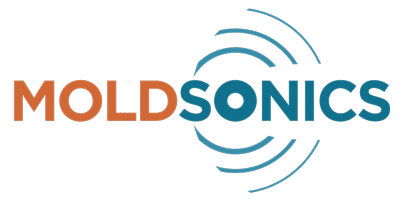
Do not miss any news from us:
©2023 - Moldsonics GmbH - All rights reserved
